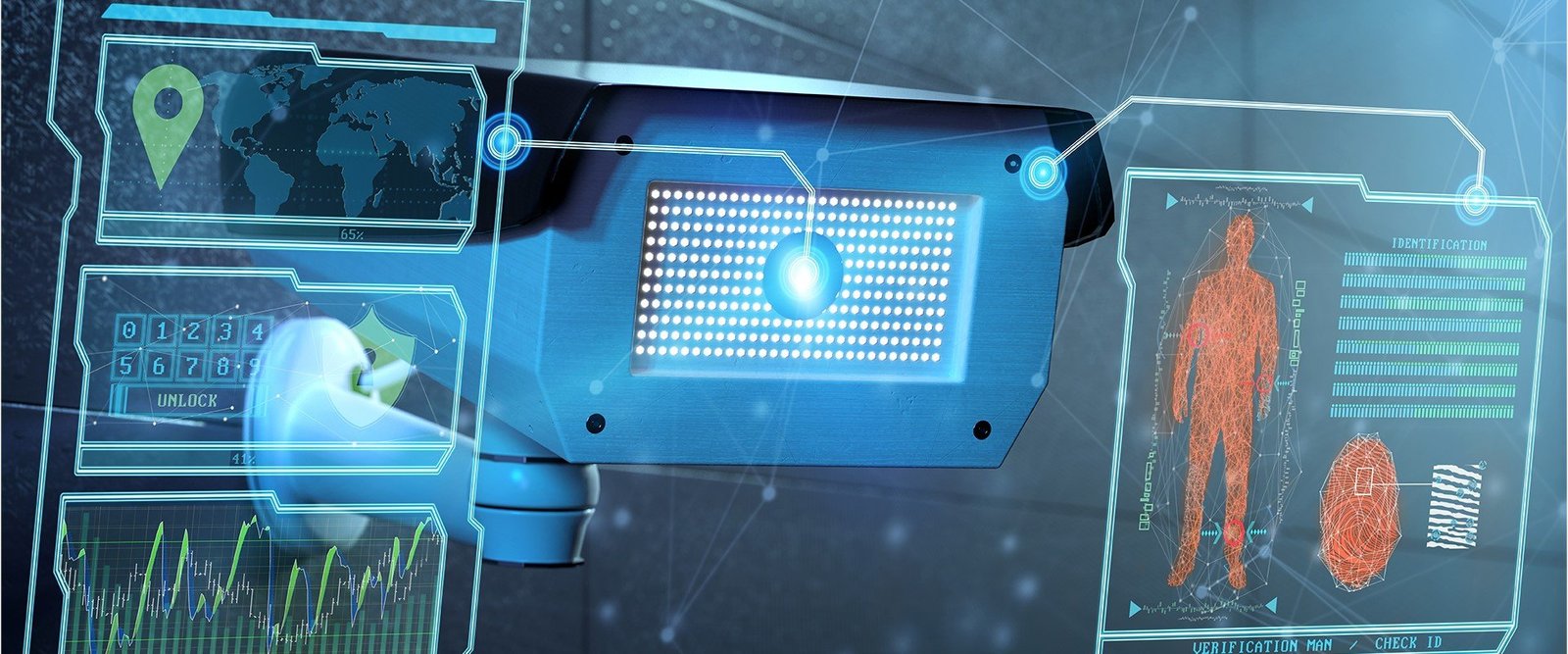The Future of Security Technology: AI and Machine Learning Applications
As the digital landscape continues to evolve, so do the methods and tools used to protect sensitive information and systems from cyber threats. Artificial Intelligence (AI) and Machine Learning (ML) are at the forefront of this evolution, driving innovation in security technology. This blog post explores how AI and machine learning are shaping the future of security, including their applications, benefits, and emerging trends.
Understanding AI and Machine Learning in Security
1. Artificial Intelligence (AI)
AI refers to the simulation of human intelligence in machines that are programmed to think and learn like humans. In the context of security, AI systems can analyze large volumes of data, identify patterns, and make decisions to enhance threat detection and response.
2. Machine Learning (ML)
Machine Learning, a subset of AI, involves training algorithms to learn from data and improve their performance over time without being explicitly programmed. ML models can detect anomalies, predict potential threats, and adapt to new types of cyber attacks by learning from historical data.
Applications of AI and Machine Learning in Security

1. Threat Detection and Prevention
AI and ML enhance threat detection by analyzing network traffic, user behavior, and system activities to identify anomalies and potential threats. These technologies can:
- Identify Unusual Patterns: ML algorithms can detect deviations from normal behavior, such as unusual login attempts or data access patterns, that may indicate a cyber attack.
- Predict Emerging Threats: AI can analyze threat intelligence and historical data to predict and preemptively address emerging threats before they impact the system.
2. Automated Incident Response
AI-driven security solutions can automate incident response by:
- Deploying Immediate Actions: AI systems can automatically trigger responses, such as isolating affected systems or blocking malicious IP addresses, based on predefined rules and real-time analysis.
- Reducing Response Time: Automation speeds up the response process, reducing the time between threat detection and mitigation, which is crucial for minimizing damage.
3. Advanced Malware Detection
AI and ML improve malware detection by:
- Behavioral Analysis: Instead of relying solely on signature-based detection, AI can analyze the behavior of files and processes to identify malware based on its actions and characteristics.
- Zero-Day Threats: AI systems can detect previously unknown malware and zero-day threats by recognizing patterns and behaviors that deviate from the norm.
4. User and Entity Behavior Analytics (UEBA)
UEBA solutions leverage AI and ML to monitor and analyze user and entity behavior for:
- Detecting Insider Threats: AI can identify suspicious behavior from authorized users or entities, such as unauthorized access to sensitive data or unusual activity patterns, that may indicate insider threats.
- Improving Access Controls: By analyzing behavior patterns, AI can help adjust access controls dynamically to minimize the risk of unauthorized access.
5. Fraud Detection and Prevention
AI and ML enhance fraud detection by:
- Analyzing Transactions: AI can analyze transaction data to identify patterns indicative of fraudulent activities, such as unusual spending behaviors or anomalies in financial transactions.
- Preventing Financial Fraud: Machine learning models can detect and prevent various types of financial fraud, including credit card fraud and account takeovers, in real-time.
Benefits of AI and Machine Learning in Security
1. Enhanced Accuracy and Efficiency
AI and ML improve the accuracy of threat detection by analyzing large volumes of data and identifying subtle patterns that traditional methods might miss. This leads to more precise threat identification and reduced false positives.
2. Adaptive and Scalable Solutions
AI and ML systems can adapt to new threats and scale with growing data volumes. They continuously learn from new data, ensuring that security measures remain effective against evolving cyber threats.
3. Reduced Manual Intervention
Automation powered by AI reduces the need for manual intervention in threat detection and response, allowing security teams to focus on more strategic tasks and reducing the likelihood of human error.
4. Proactive Threat Management
AI-driven solutions enable proactive threat management by predicting potential threats and taking preventive measures before they manifest. This proactive approach enhances overall security posture and reduces risk.
Emerging Trends in AI and Machine Learning for Security
1. Integration with Next-Generation Firewalls
AI and ML are increasingly being integrated into next-generation firewalls (NGFWs) to provide advanced threat detection and prevention capabilities. This integration enhances firewall performance and security.
2. AI-Driven Security Operations Centers (SOCs)
Security Operations Centers (SOCs) are leveraging AI to automate and optimize security monitoring and incident response. AI-driven SOCs can analyze data in real-time, correlate events, and provide actionable insights.
3. Collaborative AI Models
Collaborative AI models are emerging, where organizations share threat intelligence and collaborate on AI-driven security solutions. This collective approach enhances the ability to detect and respond to global cyber threats.
4. Ethical and Transparent AI
As AI becomes more integral to security, there is a growing emphasis on developing ethical and transparent AI systems. Ensuring that AI algorithms are fair, accountable, and free from bias is essential for maintaining trust and effectiveness.
Conclusion
AI and machine learning are transforming the landscape of security technology by providing advanced tools and techniques for threat detection, prevention, and response. As these technologies continue to evolve, they offer enhanced accuracy, efficiency, and adaptability in safeguarding against cyber threats. Embracing AI and ML in security strategies will be crucial for staying ahead of emerging threats and maintaining robust protection in an increasingly complex digital environment.



